Varicosis is a leg disease, which not only ruins a person's aesthetic aspect, but can also lead to a series of serious complications.The main causes, symptoms and methods for the treatment of varicose veins on the legs are described in detail later.
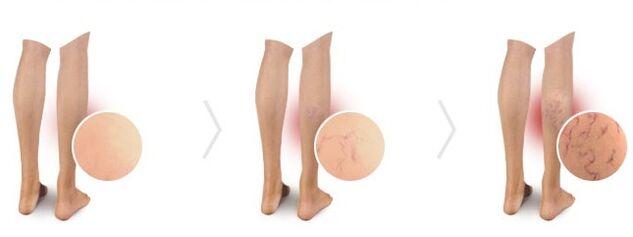
Medical certificate - Varicose veins
Varicose veins: a chronic disease of peripheral veins of the lower limbs with a progressive course.It is characterized by a pathological expansion of the veins, which manifests itself from a violation of the reverse blood flow in them due to the weakness of the valves and the wall of the vessels.As a result of this, there is a stagnation of venous blood and an increase in pressure in the veins, whose walls over time lose elasticity and begin to stretch and deform.According to the international classification of diseases, the varicose veins ICD-10 of the lower ends have the code 183.
The causes of the disease
The etiology of varicose veins is not well studied.Doctors consider polyiethological disease, but distinguish different development theories:
- Mechanical theory. Excessive load in the lower limbs: with standing work (surgeons, dentists, teachers, hairdressers), athletes, pregnant women.
- Neuroendocrine theory. Due to hormonal movement (pregnancy, menopause, sexual maturation), the tone of the walls of the blood vessels is reduced.
- Genetic predisposition.Congenital functional subdevelopment of valves in the veins.
Risk factors for the development of varicose veins:
- female sex;
- inheritance;
- Excess weight;
- loads loaded;
- A sedentary lifestyle.

Symptoms of the disease
The manifestations of the disease are:
- The appearance of a vascular shirt in the form of stars on the skin is telancioectasia.
- Changes of the skin: dryness, pigmentation.In the following stages: dermatitis, eczema, trophic ulcers.
- A feature that swells through the skin of the veins that can be excusable in the lower limbs.
- The aspect of pain and discomfort in the legs, especially after physical effort.Pain can have a different character (button, burning, doloring), the time of occurrence (pain during the walk, at the end of the day, at night).
- The development of edema and convulsions of the calf muscles.Initially, a swelling is observed in the foot region, then it applies to the lower part of the leg.
Development phase of varicose veins
The disease develops in the phases and slowly.He can pass for several years when his first symptoms appear.
- Phase 0At this stage, the disease is also difficult to diagnose due to the lack of the main deformation of the attributes and performance of the extended veins on the legs.
- Phase 1. Changes on the skin: the vascular stars are attached to the complaints above.
- Phase 2. The swollen and winding veins enlarged, the nodules are characteristic.
- Phase 3. Edema's presence is particularly pronounced at the end of the day.
- Phase 4The strong pigmentation of the skin (dark brown color) is characteristic.
- Phase 5. Healing trophic ulcer.
- Phase 6. The trophic ulcer is not Healing.
Possible complications
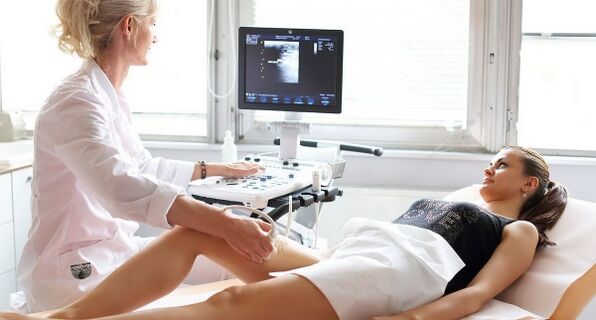
The disease itself is not dangerous for life, but its complications are dangerous due to premature or improper treatment:
- Acute thrombophlebitis of the surface veins - inflammation of the walls of the blood vessels, the formation of blood clots from blood clots, which have undertaken blood circulation in the tissues;
- Thromboembolism of the pulmonary artery - block of the lumen of the lung artery with a thrombus, which detached himself from the wall of the ship, often has a death;
- Flebotrombosis;
- Trophic ulcer - occurs with advanced shapes of varicose veins due to bad tissue nutrition with blood;
- Bleeding from the nodes.
When to see a doctor
Varicose veins are diagnosed and treated by a phlebologist (cardiovascular surgery).In order not to lose the beginning of the disease, it is necessary to contact a specialist in the first signs:
- the appearance of vascular stars on the legs;
- a sense of discomfort in the legs, pain;
- swelling and quick effort;
- Night convulsions;
- remarkably expanded veins.
Varicose veins on the legs, whose treatment was timely and effective, to threaten less the occurrence of complications.
Diagnostic measures
To date, the main diagnostic method is ultrasound.When the varicose veins are diagnosed, these measures are performed:
- Ultrasound dopplerography. A method that combines the use of ultrasound and doppler diagnostics and allows you to evaluate the nature of the movement of the blood through the vases, the presence of a splendor of reverse blood, the blood clots, the condition of the vessels in cutting, the functioning of the venous valves (the presence of flower) and the peripheral break and deep veins.There are several types: color dopplerography, duplex dopplerography and triplex.
- Duplex scan (ultrasound) is a type of ultrasound dopplerography, in which 2 methods are used: dopplerography in mode and color.It allows you to determine the presence of blood clots, their size, the nature of the position, the possibility of separation.The method is not invasive, with high precision to establish a diagnosis and determine further treatment tactics.
- Phlebomanometry: a method for determining blood pressure on the walls of the veins.
- Phleboscintigraphy - The introduction of a radiopharmacy in Vienna and observation using a special device.The method is used for the combined pathology of the veins and the lymphatic system.
- Flebography is a radiological method that implies the introduction of an intravenous radius contract.In an X -ray image, the doctor will evaluate the state of the veins.Suitable for diagnosis of deep veins, when the ultrasound dopplerography was wrapped.
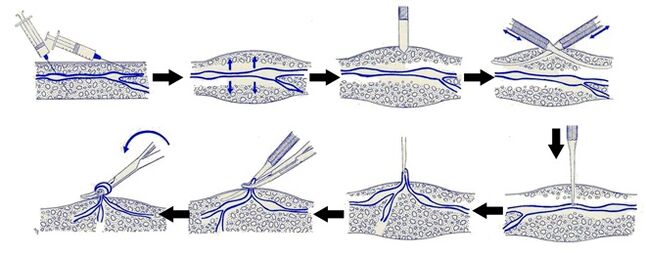
The last two methods are invasive, have a series of contraindications (allergies to a contrast medium) and today they are rarely used for diagnostic purposes.
Treatment methods
Varicose veins on the legs, whose treatment is carried out with two main methods overall (conservative and surgical), has a favorable forecast.Conservative methods:
- pharmacological treatment;
- the use of traditional medicine;
- physiotherapy;
- Compression therapy involves the use of special underwear;
- sclerotherapy.
Surgical methods:
- Varadi Operation - Removal of the interested veins (Flebectomy);
- Laser coagulation of the veins.
External treatment with creams, ointments and gel
The external use of creams, ointments and gels acts as auxiliary means in the early stages of the disease.Preparations help to reduce swelling, pain, increase the tone of venous walls.
Laser treatment
Treatment with Lazamaria (laser coagulation or ablation) is a minimally invasive method that is used in pronounced forms of the disease.Use laser with different wavelengths.The laser light is inserted in the light of the veins and paste its walls.In the future, such a vein will resolve.The procedure occurs under the control of ultrasound, it is not left after the strong bruises. Advantages of laser treatment: lack of a period of recovery, innovation and safety of the procedure, a minimum of postoperative complications, scars and pigmentations.
Sclerotherapy
Sclerotherapy - is the introduction of a special drug (sclerosing) in the vein concerned, which pastes it from the inside and disappears over time.There are different varieties of this methodology: eco-sclerotherapy, microsclerotherapy.The procedure lasts 20 minutes, sclerotherapy sessions requested from 3 to 5. This method of treatment is widely used in many countries of the world and provides a long result and in the initial phases - for life.However, with advanced and serious shapes, sclerotherapy does not provide a hundred percent guarantee.
Hydrotherapy
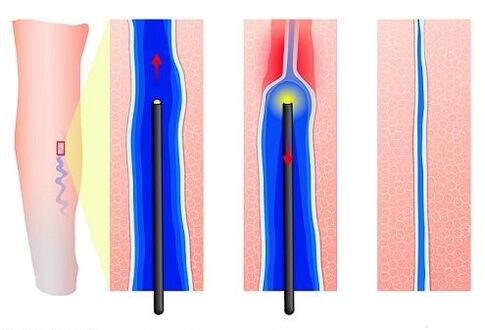
The treatment of hydrotherapy (water therapy) in the form of various types of bathrooms (with herbs, salt) and shower (circular, massage, contrast) contribute to reducing the lumen of the blood vessels, helping to relieve the fatigue and swelling of the legs.
The use of socks and tights from varicose veins
The use of the compression linen (tightening) helps in the early stages of varicose veins eliminating the stagnation of the blood in the peripheral veins and redistributing it from vases expanded to healthy ones. The use of this worked linen is possible for preventive purposes and during rehabilitation.
Surgical therapy
The surgical removal of the veins concerned: phlebectomy is a radical, complex but more effective method (almost 100% of care).However, phlebectomy has a series of contraindications: diseases of the cardiovascular system, liver, kidneys, pregnancy.After the operation, for a month, it is necessary to wear a late compression linen or apply an elastic bandage on the leg.
Physiotherapy
The treatment of varicose veins with physiotherapy methods is effective for prevention, in the initial stages of the disease and in complex therapy.Amply used: laser therapy, darsonvalization, magnetic laser therapy, pneumocompression, UHF, Balneo and Mudrapy.Physiotherapy helps to strengthen the walls of the blood vessels, it improves the operation of valves, microcirculation and lymphocuro in the limbs.A visible result is obtained with regular course treatment in combination with other therapy methods.
Popular remedies
Treatment with popular remedies of varicose veins on the legs is very popular in patients.However, it goes to mind that all non -traditional medicine methods are ineffective in serious forms of the disease.Popular remedies for the treatment of varicose veins:
- Tinctures of medicinal herbs: Kalanchoe, nettle, horse chestnut, ginseng root, nutmeg;
- Lotions and compressions of clay, honey;
- Bagni di Soda, sea salt;
- ointments (Vishnevsky);
- Hirudotherapy (treatment with medical leeches).
Using apple cider vinegar
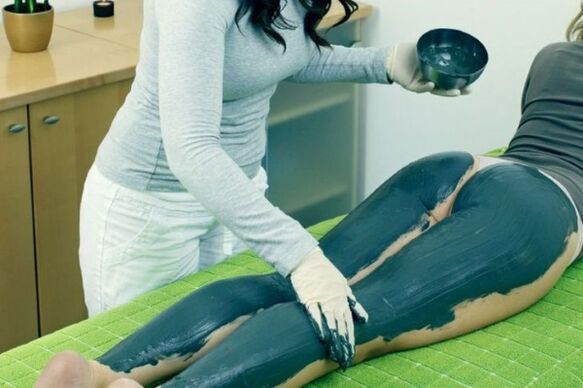
The use of apple vinegar for the treatment of varicose veins is recommended by many specialists.It is advisable to cook the product alone and not buy in the shop.To prepare the vinegar, it is necessary to grind sweet apples, then pour them 3 cm over the hot water.Leave the product to instill for 2 weeks, sometimes mixing with a wooden spoon.Filter and add several tablespoons to a glass of water for rubbing.Vinegar can be rubbed in the skin of the painful legs, make compresses, compresses, bathrooms.The tool strengthens the venous wall, improves blood circulation in them, reduces swelling.
Using clay lotions and compositions
The blue clay in the form of lotions and tablets is often used for preventive purposes and with early events of varicose veins. Put the dust diluted with hot water with a layer often on the feet, wrap it with plastic wrap and wrap it with a hot scarf.Keep the application for 40 minutes.Or request 30 minutes on a gauze hit by a gauze, fattened with clay with chopped garlic.This regular use therapy (a 2-3 weeks course) effectively relieves the discomfort in the legs, swelling and fatigue.
Using the tincture of acacia flowers
For the treatment of varicose veins, a tincture of white acacia colors is used.To prepare it, it is necessary to fill the raw materials in a 3 -liter jar and pour 0.5 liters of vodka and medical alcohol on 1/3, cover with a lid.A mixture insists in a dark place for two weeks.Lubricate the painful legs with the tincture finished 5-7 times a day.Tincture will help to relieve the symptoms of varicose veins.
Using Ginseng Tincture
Ginseng's root is a natural tonic to strengthen venous ships.The finished tincture can be purchased in a pharmacy or independently prepared by pouring 0.5 liters of 150 g vodka of Ginseng dried crushed.The liquid insists in a dark place for 2 weeks.Tincture to take 1-2 tablespoons 4 times a day towards the inside.
Using nettle
The healing properties of nettles have been known for a long time.The plant improves blood circulation, prevents blood stagnation, strengthens the walls of the blood vessels.To prepare the therapeutic decoction of nettle, the fresh or dry leaves crushed pour a liter of boiling water.Insist a couple of hours and strive.For a month, drink a decoction of a third of a glass 3 times a day.
Using potatoes
In fact, the use of potatoes for varicose veins in the form of compressions, lotions.For the painting, mix the tuber just launched with a spoonful of honey and applies to painful areas, correct with a movie and a bandage at the top. Keep a compress of 5 hours and wash with hot water.The course of treatment is 3 weeks. The picture helps to remove swelling, pain, a vascular network on the legs.
Prevention of varicose veins
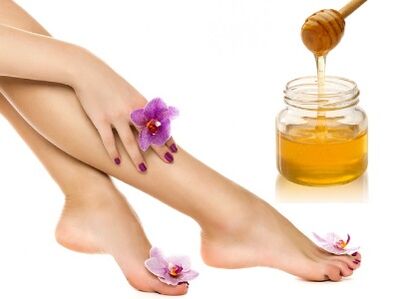
To prevent the development of varicose veins, it is worth observing the following measures, in particular those that are at risk:
- maintain normal weight;
- Avoid prolonged position;
- Walk more on foot, do the physical exercise of legs;
- limit wearing high wheeled shoes;
- limit the use of alcohol and cigarettes;
- engage in a sort of sport (swimming, cycling, aerobics);
- water procedures (contrasting shower, relaxing legs for the legs);
- Wear compression underwear;
- adhere to the correct diet.
Varicose veins on the legs - treatment and diagnosis - important components of rapid recovery.To date, there are a series of drugs and means of non -traditional medicine that promise to get rid of varicose veins.
If the varicose veins on the legs are not ignored and the treatment in time begin, then there is a high percentage of favorable prognosis.In the initial stages, conservative therapy is shown: drugs, creams, compression knitwear, physiotherapy, traditional medicine recipes.In pronounced forms - laser ablation, the removal of advanced veins.


















